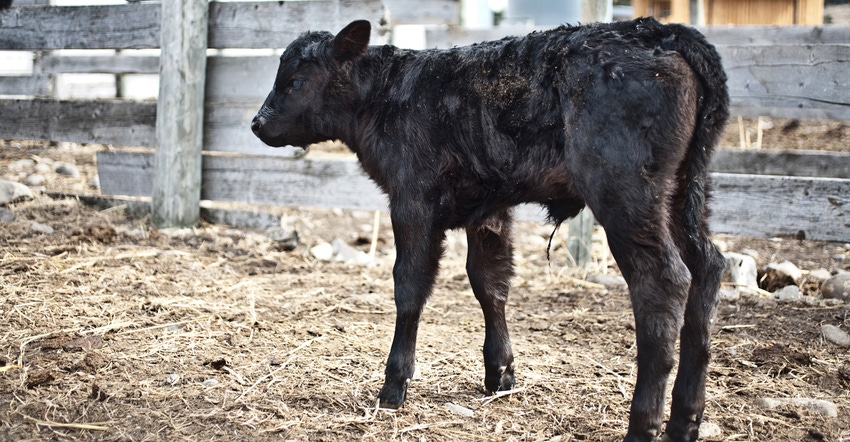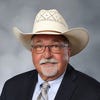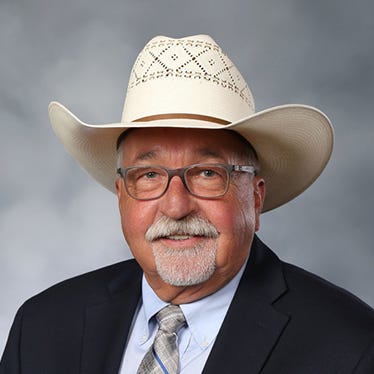February 24, 2021

About three years ago, I switched the breed of bulls that I use on my cow herd. My cows, even though they are various colors, are all “English” breeds, and I had been using a different English breed bull on them for the past 20 years. One of my neighbors across the road raises purebred cattle that are Brahman influenced. I was envious of how they seemed to outperform my calves, so I switched.
My cattle auction field man warned me that I might have to take two or three dollars per hundredweight less for them when it came time to sell the calves because their buyers were a little reluctant to bid up the calves that showed a “little ear.” He was right on the price, but I’m sure I more than made up for the slightly lower price with the significant increase in pounds marketed from the heavier calves.
I’ve always started my spring calving around Feb. 1, and nine years out of 10 I’m glad that I did because normal years allow me to avoid the bitter cold of January and the sloppy mud of late March and April. Alas, not this year. I don’t have to tell any cattleman in the Midwest how awful the weather has been for calving through the entire month of February — with lows below zero and highs in the single digits — for what seemed like an eternity.
Tagging the newborns was easier than most years with neither the calves nor their mommas moving too quickly to avoid the procedure. On those frigid mornings, however, I noticed that most of the calves needed tagging a little closer to their heads than usual because the tips of their long ears were a little (or sometimes, a lot) frostbitten. From experience, I know those frozen ear tips will likely slough off when normal weather resumes.
A group of cattlemen gathered at the local feed store last week and we were all bemoaning the trials and tribulations experienced in this extended period of snow and freezing weather. Some were telling of all the baby calves that were scattered around the insides of their homes, thawing out from near-death while others were sharing their heroic tales of rescuing calves from frozen ponds or creeks.
I started complaining about the number of short-eared calves I’d have to sell this fall, when one of my neighbors observed “Heck, your calves start out with about two more inches of ear than regular calves, so they ought to sell pretty, pretty good.”
Crownover farms in Missouri.
About the Author(s)
You May Also Like






